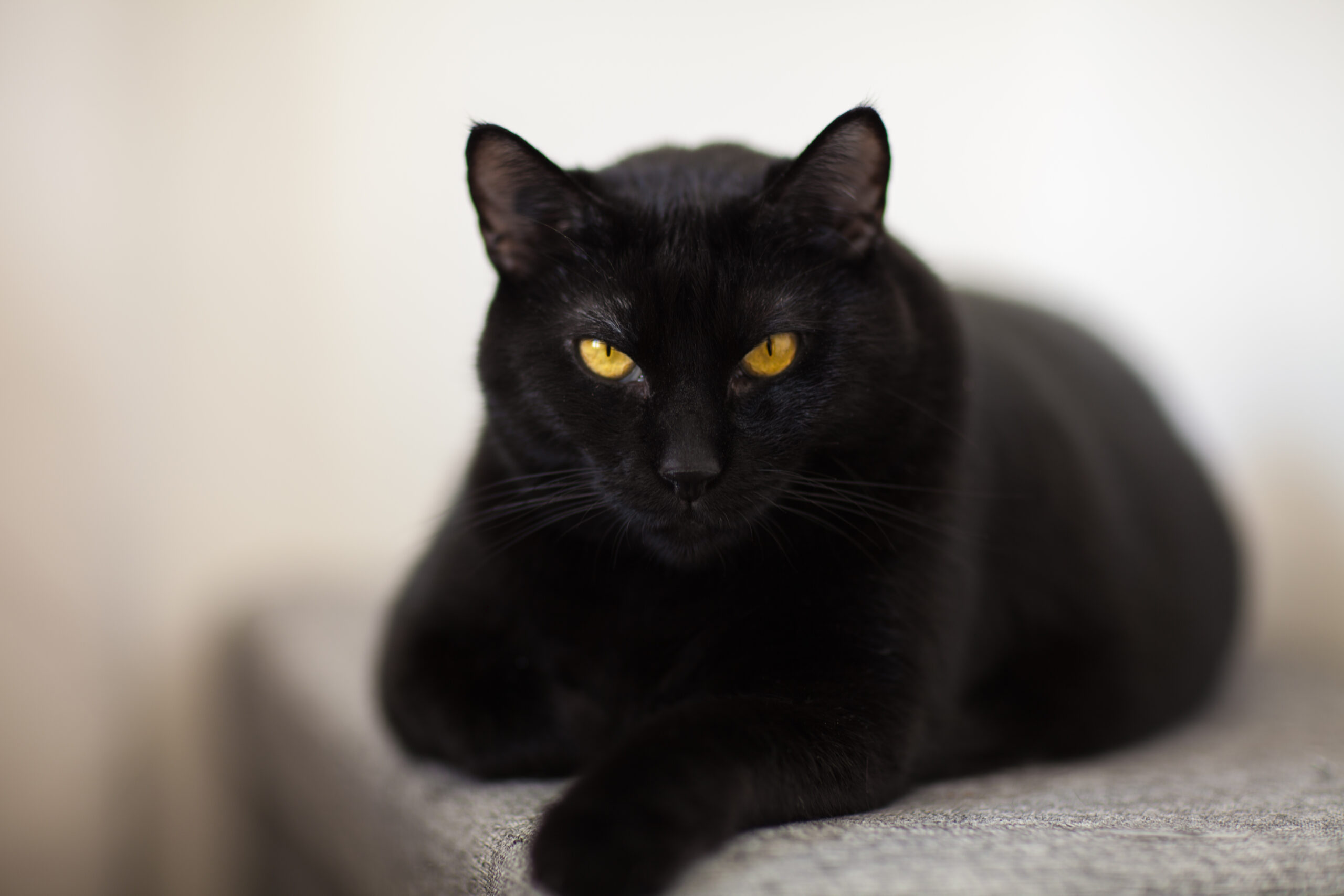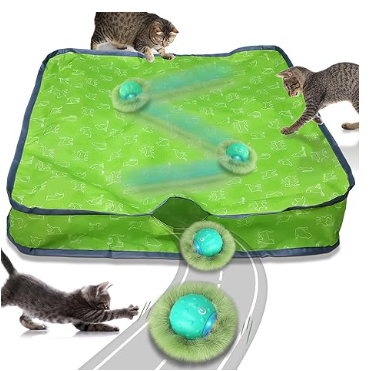Black cats are often adored for their striking, inky coats and captivating eyes. But have you ever wondered why some black cats have orange eyes? Well, the answer lies in genetics, and today, we’re going to dive into the fascinating world of cat genetics to learn more about this intriguing phenomenon.
What Determines Color?
First, let’s explore what determines a cat’s eye and coat color. Genetics play a crucial role not only in fur color but also in the color of a cat’s eyes. The key players in this scenario are cells called melanocytes, which produce and store melanin. Melanin is the pigment responsible for the varying colors seen in fur, skin, and eyes. In black cats, a high amount of eumelanin is produced, giving them their dark, beautiful coats.
The same melanocytes are also responsible for eye color. However, how they function can differ between fur and eyes. The presence of melanocytes in a cat’s iris will directly influence its eye color, specifically the amount of melanin in two layers of the iris: the stroma and the posterior pigmented epithelium.
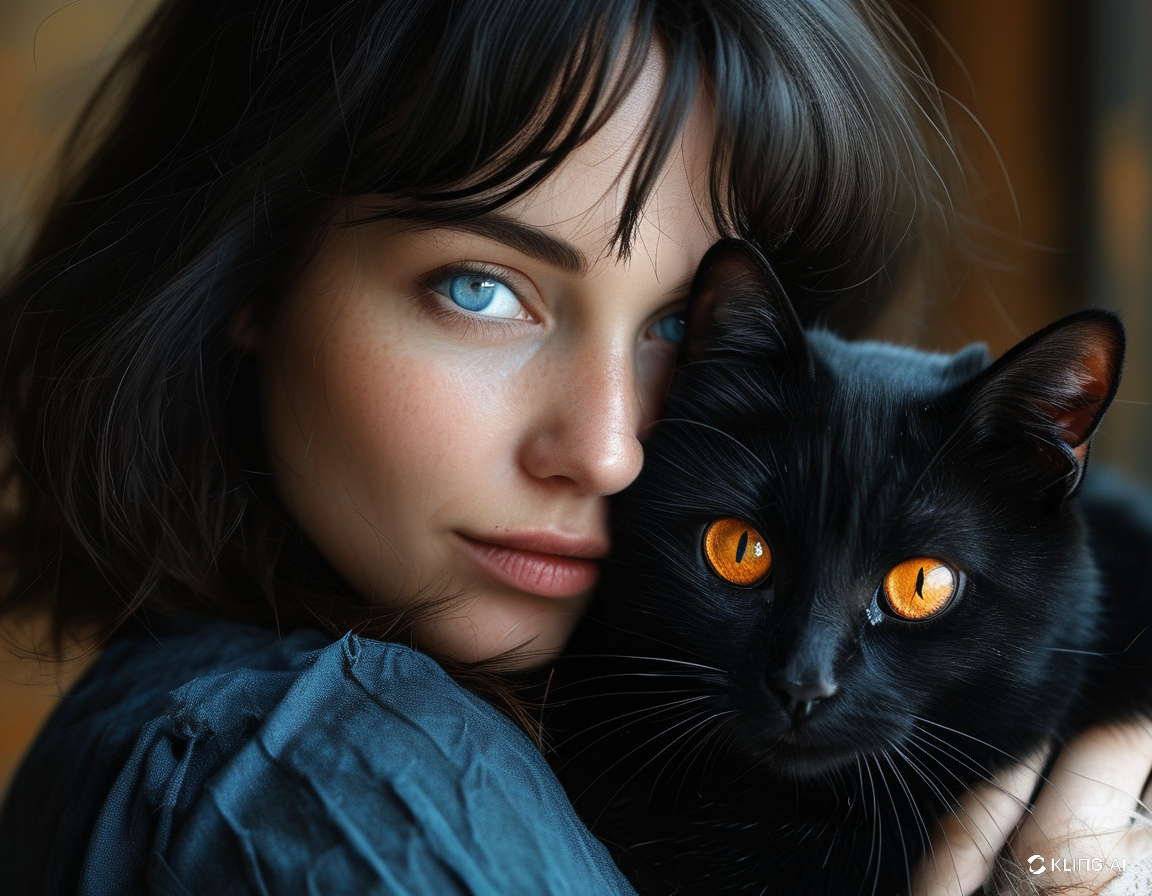
First, let’s explore what determines a cat’s eye and coat color. Genetics play a crucial role not only in fur color but also in the color of a cat’s eyes. The key players in this scenario are cells called melanocytes, which produce and store melanin. Melanin is the pigment responsible for the varying colors seen in fur, skin, and eyes. In black cats, a high amount of eumelanin is produced, giving them their dark, beautiful coats.
The same melanocytes are also responsible for eye color. However, how they function can differ between fur and eyes. The presence of melanocytes in a cat’s iris will directly influence its eye color, specifically the amount of melanin in two layers of the iris: the stroma and the posterior pigmented epithelium.
So, what causes those vibrant orange eyes? The answer lies in the quantity of melanocytes. Cats with more of these pigment-producing cells typically have richer, more orange-hued eyes. In contrast, cats with blue eyes lack melanin in their iris’s stroma. This absence creates that striking blue appearance through light scattering. For black cats, the range of eye colors can vary, with orange hues appearing most vibrant when a significant number of melanocytes are present.
Which Breeds Can Have Orange Eyes?
While orange eyes are relatively rare among all cat breeds, certain breeds are more prone to having them, such as Bombays, Turkish Vans, and British Shorthairs. This uniqueness often adds to the allure of black cats with orange eyes, making them even more special companions.
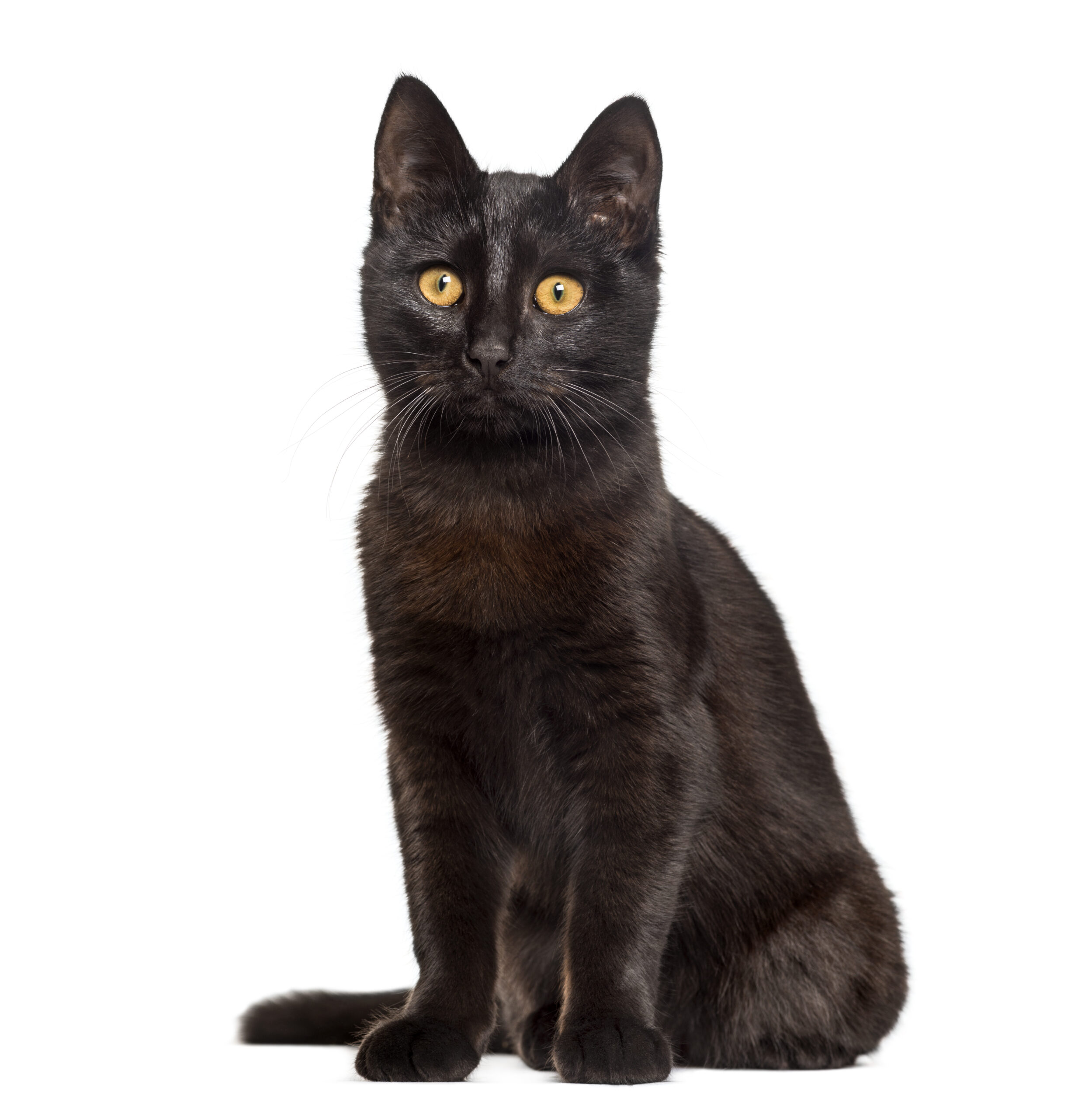
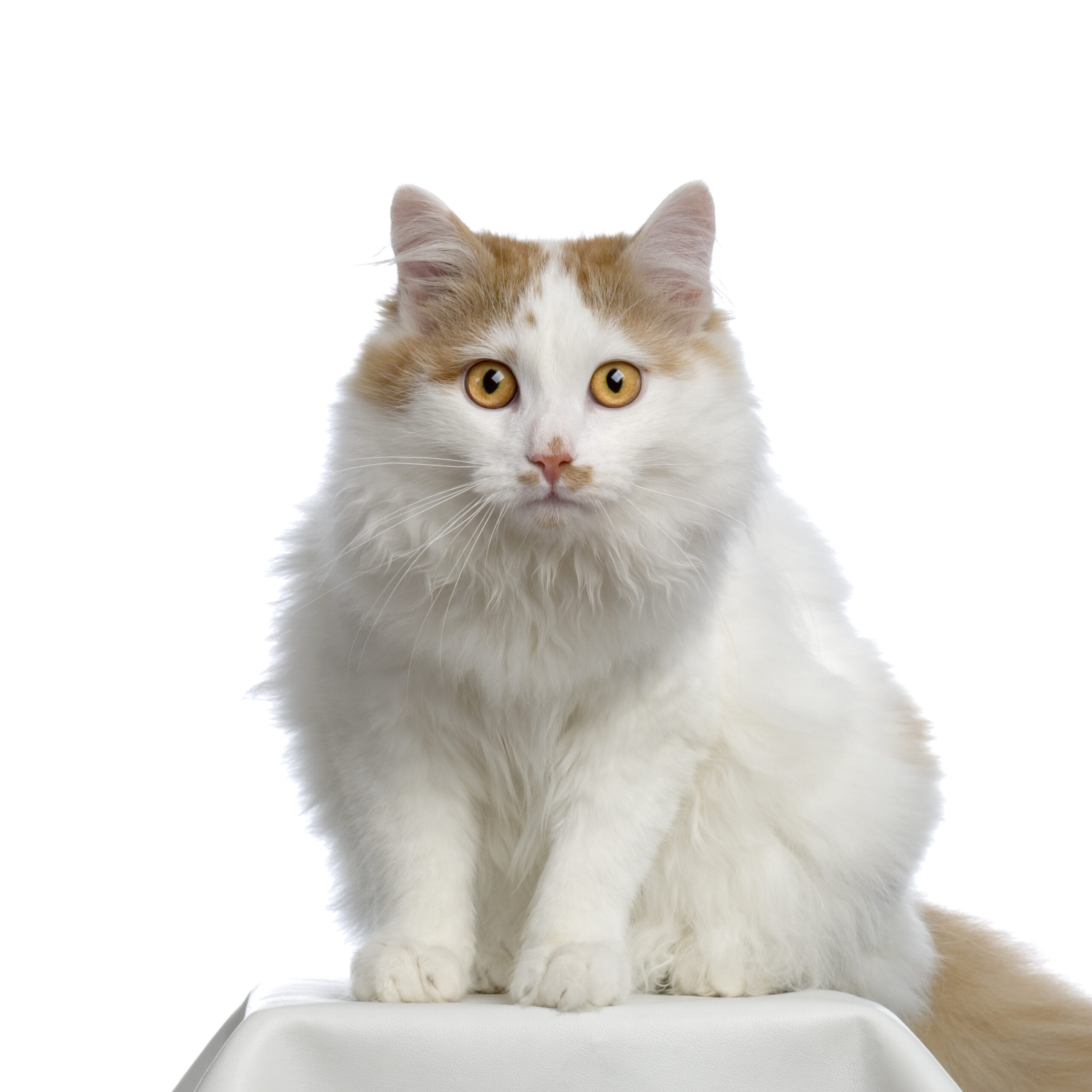
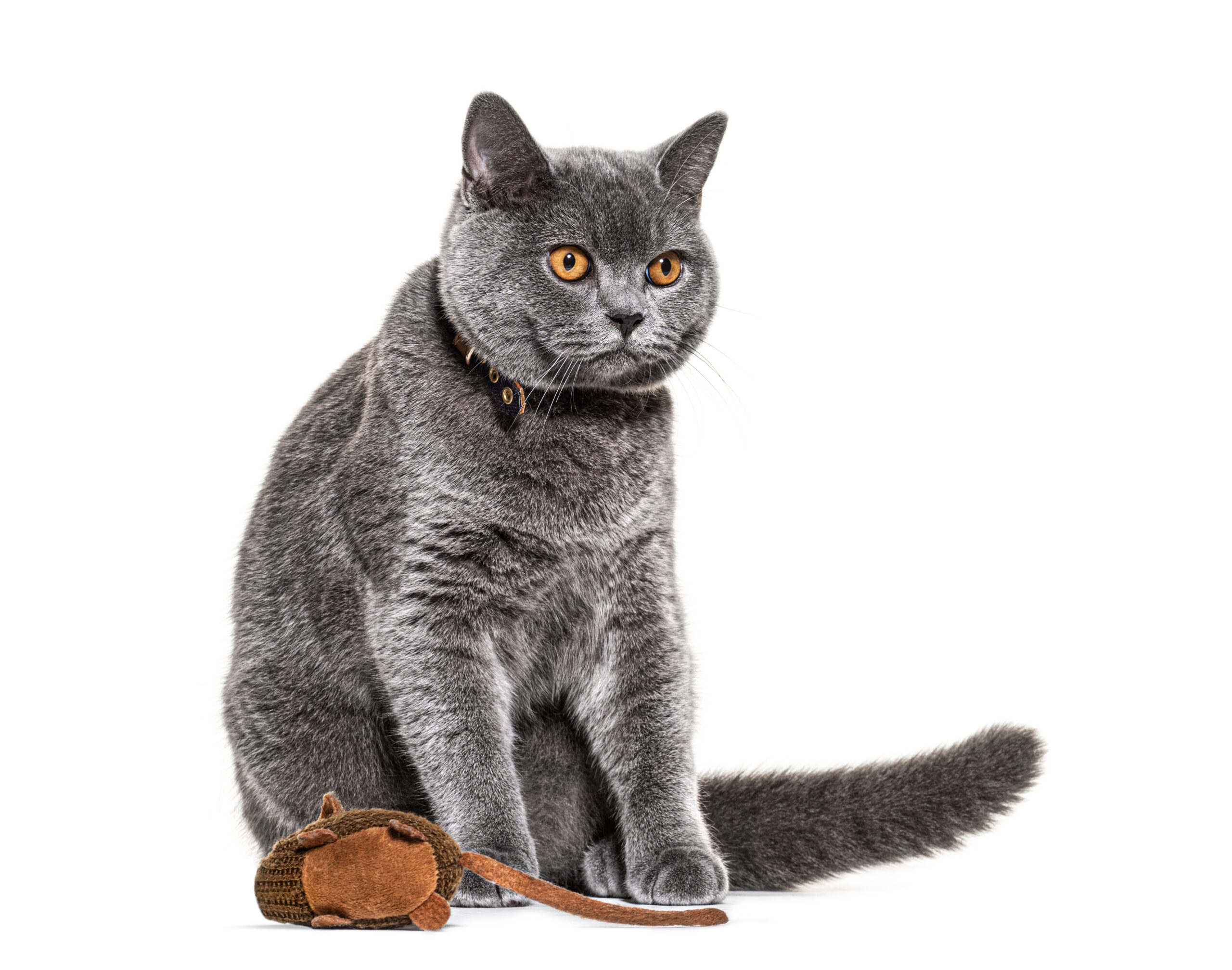
Are Eye and Coat Colors Linked?
Interestingly, coat color is not always linked to eye color. For instance, albino cats have a white coat paired with blue eyes. Mutations affecting the Tyrosinase gene can produce different color points in breeds like Burmese and Siamese, leading to gold or blue eyes respectively.
It’s also worth noting that Welsh cats carry the dominant W gene, which guarantees a white coat. But there’s a deeper connection here—about 65% to 85% of all-white cats with blue eyes might also be deaf, showcasing the complex interplay between genetics, coat, and eye color.
Conclusion
While we admire the striking appearance of black cats with orange eyes, it’s fascinating to understand the genetics behind this feature. The more melanocytes present, the more pronounced the orange hue will be in their eyes. As we continue to learn about the petty complexities of cat genetics, we can appreciate our furry friends even more, knowing that their unique traits are a beautiful blend of science and nature.
